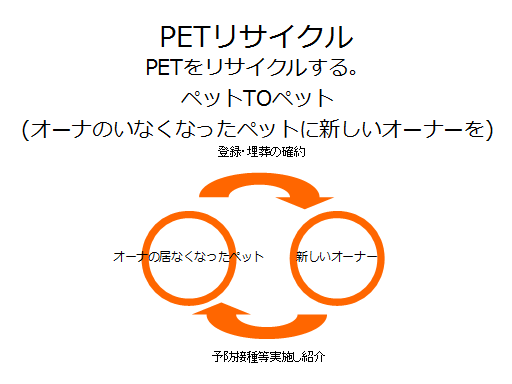900万平方メートルというが、一人1平米にしても900万人しか収容できない。
すごく単純な計算でこれ。
場所の偏在も著しい。
各家庭の地下シェルターの設置を促すのがいいだろう。
シンガポールなどは20年かけて整備をしてきている。
新築の集合住宅には地下シェルターを義務付ける必要がある。
Yahoo!より、
地下シェルター面積2倍確保と政府試算
3/26(水) 22:42配信
共同通信
https://news.yahoo.co.jp/articles/2377693419d3dedf74e11f28c8892dd75bc7034a
記事より、
政府が、武力攻撃を受けた際に住民が避難するシェルターの整備に当たり、活用可能な地下施設の全国調査を行い、シェルターとして確保できる面積が現在の2倍の計約891万平方メートルになるとの試算が出た。関係者が26日明らかにした。
【コメント】(日本語)
政府が発表した地下シェルター面積約891万平方メートルという試算は、一見大きく見えるが、単純計算で1人1平米としてもわずか900万人分に過ぎない。全国民の約7%しか収容できない現実は深刻だ。しかも、都市部に集中している可能性が高く、地域による偏在も見逃せない。日本の地政学的リスクや災害リスクを考慮すれば、個人宅への地下シェルター設置の支援制度や、新築集合住宅への設置義務化は検討すべき段階に来ている。シンガポールのように、長期的に20年かけて備えを進めてきた例を参考に、日本も本腰を入れる必要があるだろう。
【Comment】(English)
Japan’s government recently announced that it has identified approximately 8.91 million square meters of underground space potentially usable as emergency shelters - double the current figure. However, even with this increase, the capacity only covers about 9 million people assuming one square meter per person. That’s merely 7% of the total population. Moreover, the distribution of these shelters is likely uneven, favoring urban centers. Given Japan’s vulnerability to both natural disasters and geopolitical threats, stronger policies are urgently needed - including subsidies for private residential shelters and mandates for new apartment buildings to include underground protection. Countries like Singapore have spent two decades systematically building such infrastructure, and Japan should consider a similarly long-term and structured approach.
【このカテゴリーの最新記事】
-
no image
-
no image
-
no image
-
no image
-
no image
-
no image
-
no image
-
no image
-
no image
-
no image
-
no image
-
no image
-
no image
-
no image
-
no image
-
no image
-
no image
-
no image
-
no image
-
no image

